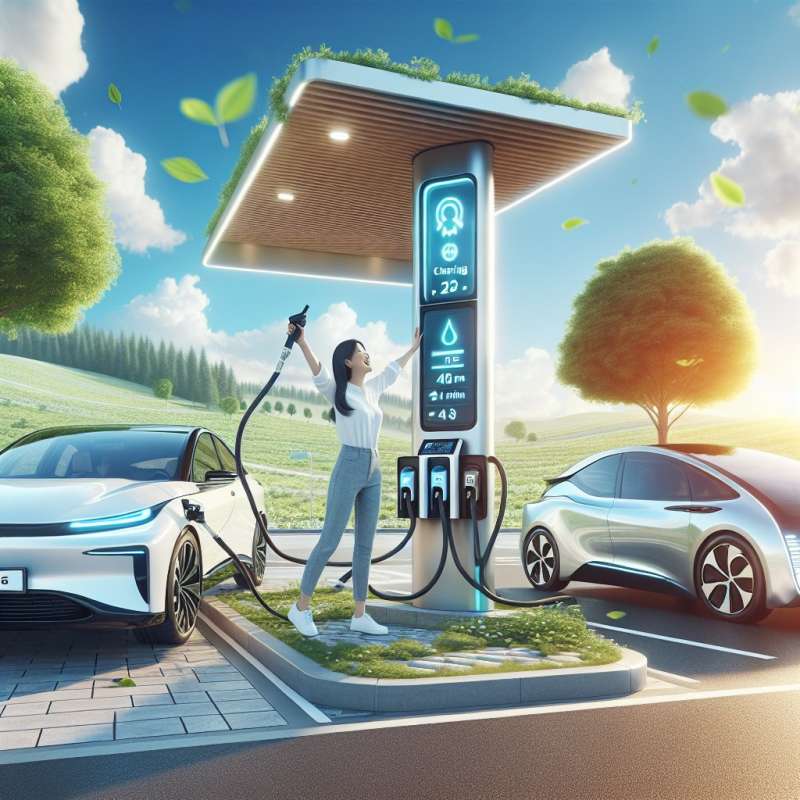
Hydrogen Fuel Basics
Hydrogen fuel cell vehicles (FCVs) use hydrogen gas to power an electric motor. Unlike conventional vehicles, FCVs emit only water vapor and warm air.
FCVs Versus EVs
FCVs refuel in under 5 minutes, offering a range similar to traditional cars. Electric vehicles (EVs), while more widespread, often require longer charging times.
High Energy Efficiency
Hydrogen fuel cells convert chemical energy directly to electrical energy, boasting a 60% efficiency, which is higher than internal combustion engines.
Challenges Ahead
The scarcity of hydrogen refueling infrastructure and the high cost of fuel cell production remain significant hurdles for mass FCV adoption.
Sustainable Hydrogen Production
Green hydrogen, produced via water electrolysis using renewable energy, offers a sustainable path forward, but currently, most hydrogen is derived from natural gas.Unexpected Evolution
In the 1960s, NASA used hydrogen fuel cells to power spacecraft, paving the way for modern FCVs on Earth.
What do FCVs emit?
Water vapor and warm air
CO2 and nitrogen oxides
Methane and hydrocarbons
Company